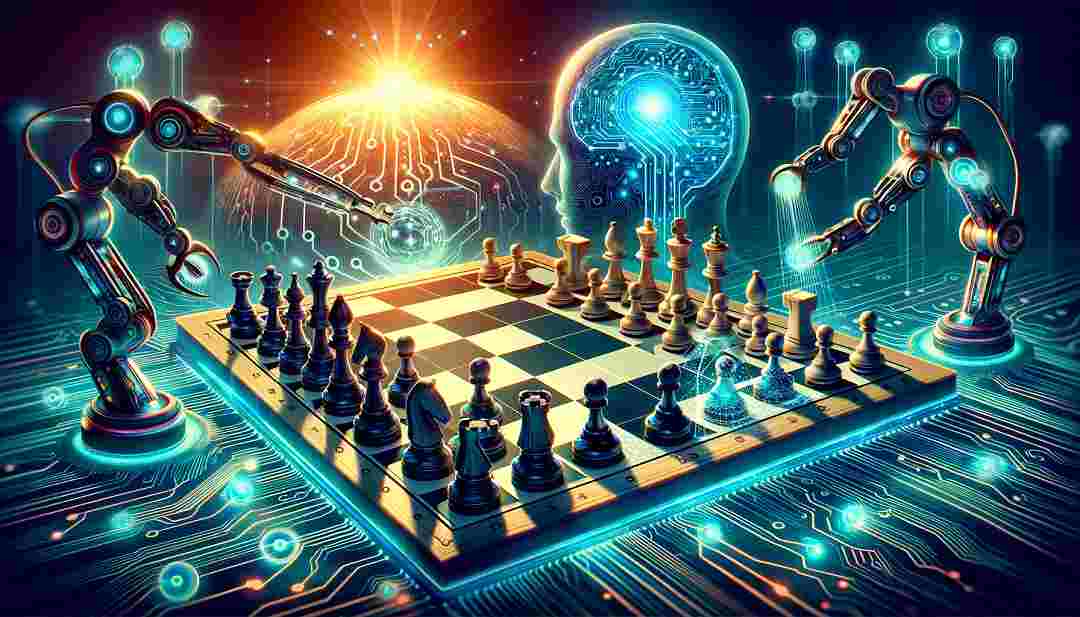
In the early days of 2020, as the world grappled with the onset of the COVID-19 pandemic, Tom Zahavy, a computer scientist, found solace in an old passion: chess. His interest, rekindled by chess literature and popular media, led him down a path that would soon intersect with his professional pursuits at Google DeepMind. Zahavy's journey through chess puzzles and their peculiar challenges opened a new frontier in artificial intelligence research, one that could redefine the capabilities of AI systems in solving complex problems.
Chess has long served as a fertile ground for AI experimentation, a tradition that Zahavy embraced with keen interest. His curiosity was particularly piqued by a set of puzzles created by mathematician Sir Roger Penrose in 2017. These puzzles, characterized by their unconventional setups and the strategic depth they demanded, highlighted a significant gap in the reasoning abilities of existing chess AI. While these programs could outmaneuver the best human players in standard matches, they faltered against the creative challenges posed by Penrose's puzzles.
This revelation was the spark for Zahavy's subsequent research. At Google DeepMind, Zahavy began to explore how AI systems could be designed to navigate the complexity of Penrose puzzles and similar challenges. The traditional approach to AI chess programs, which focused on singular, win-oriented strategies, was inadequate for this task. Zahavy hypothesized that a more versatile AI, capable of deploying a range of strategies, might succeed where others had failed.
The solution Zahavy and his team proposed was revolutionary: a composite AI system that integrated up to ten different decision-making modules, each specialized in a distinct strategy. This ensemble approach was inspired by AlphaZero, DeepMind's own chess AI, known for its prowess and versatility. However, by broadening the scope to include multiple AI agents working in concert, the team aimed to create a system with unprecedented adaptability and creativity.
The results were compelling. The new system not only outperformed AlphaZero in standard play but also demonstrated a remarkable ability to tackle the intricacies of Penrose puzzles. This success was attributed to the system's "self-collaboration" mechanism, where the AI could pivot between strategies as challenges arose, mimicking a form of collective problem-solving.
Experts outside of DeepMind have lauded this approach. Allison Liemhetcharat of DoorDash and Antoine Cully of Imperial College London both emphasized the potential of multi-agent AI systems in expanding the problem-solving horizons of artificial intelligence. Liemhetcharat highlighted the increased probability of finding effective solutions with a diverse array of agents, while Cully drew parallels to human brainstorming sessions, suggesting that this method could lead to more creative and effective outcomes.
The implications of Google DeepMind's chess experiments extend far beyond the realm of board games. By demonstrating the power of integrated, multi-strategy AI systems, Zahavy's work opens new avenues for tackling complex, real-world problems. From robotics to healthcare, the potential applications are vast, offering a glimpse into a future where AI can navigate the nuances of human challenges with unprecedented finesse.
As we stand on the cusp of this new era in AI research, it's clear that the lessons learned from the chessboard will play a crucial role in shaping the intelligent systems of tomorrow. Google's experiment not only showcases the potential for AI to evolve but also serves as a reminder of the importance of creativity and flexibility in the quest to solve the world's most daunting puzzles.